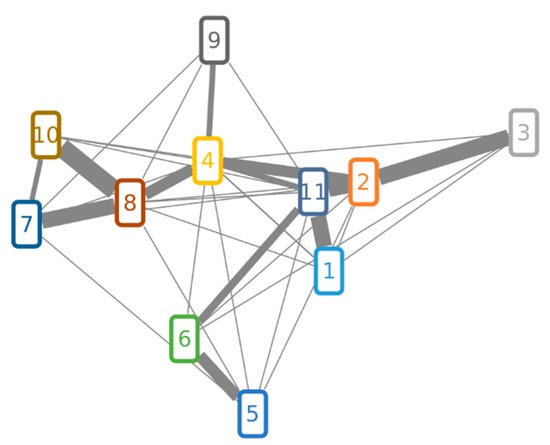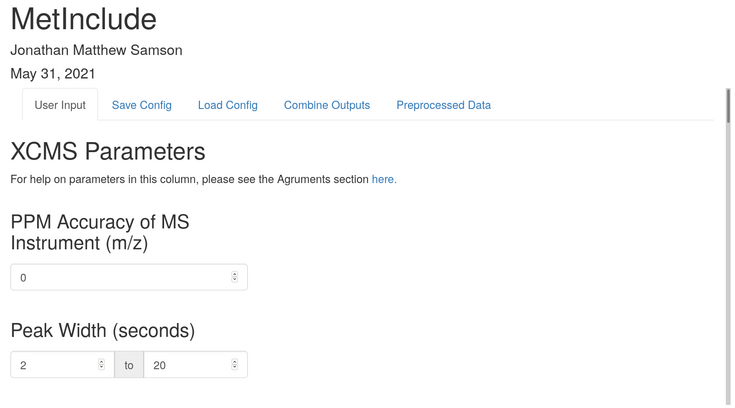Molecular Networking
SUPERVISOR: Rainer SCHUHMACHER
PROJECT ASSIGNED TO: Jonathan Matthew SAMSON
Background
Liquid chromatography paired with mass spectrometry (LC-MS) is commonly used to analyze proteins and metabolites. When globally screening for unknown substances, often many potential metabolomic targets (features) are found. In order to generate structure information and identify these unkown features, they must be fragmented by additional MS/MS measurements. While in an ideal world, we could classify and identify all of the unknowns, time and resources often limit this. Scientists in the field of metabolomics often have a specific goal; either to find molecules that have a function similar to that of a known molecule, or to find other molecules that are a part of the same pathway of a known molecule. A major strategy to narrow down a large list of unknowns to a few potentially related targets is molecular networking.

Figure 1: A molecular (sub)network generated by the project to confirm structural similarity between biosynthetically related compounds (1-11) of the filamentous fungus Fusarium proliferatum. The thicker the edge, the more similar the LC-HRMS/MS fragment patterns, based on pairwise spectra comparison. The graph is part of a publication found here
Molecular Networking
Molecular networking is a process where the fragmentation behaviour of molecules (metabolites in the case of this project) is compared. It is assume that metabolites with similar structural makeup will have similar MS/MS fragmentation patterns. High similarity of fragment spectra implies that molecules are structurally related (Figure 1): they could be a part of the same metabolic pathway or have a similar biological function. Applying a molecular networking strategy to unknown metabolites can assist in determining which of these unknowns are interesting to current research topics. Traditionally, different precursor ions representing different metabolites are directly based on the similarity of their MS/MS fragment spectra. A new method, called feature-based molecular networking (FBMN), pairs the fragments to their features by considering the chromatographic behaviour. FBMN can enable the separation of isomers, allowing it to differentiate between molecules that have identical molecular formulas but different structures. This project will be focused on FBMN in order to provide a more complete picture of what molecules in a sample are intersting to focus on.

An image of the graphical user interface of MetInclude, a tool developed by this project to automatically generate lists of precursor ions for subsequent LC-HRMS/MS measurements.
Project Goals
The aim of this project is to create user friendly software to aid in metabolomics analysis through the use of molecular networking. Graphical user interfaces will be implemented to enable non-bioinformatician to utilize the software intuitively. Coding will be done in R and Python, where applicable. The PhD study is closely related to the FWF funded ChemTalk project (P 32179), focusing on fungal interactions. Funding of the PhD was provided by the government of Lower Austria through the OMICS 4.0 project.
